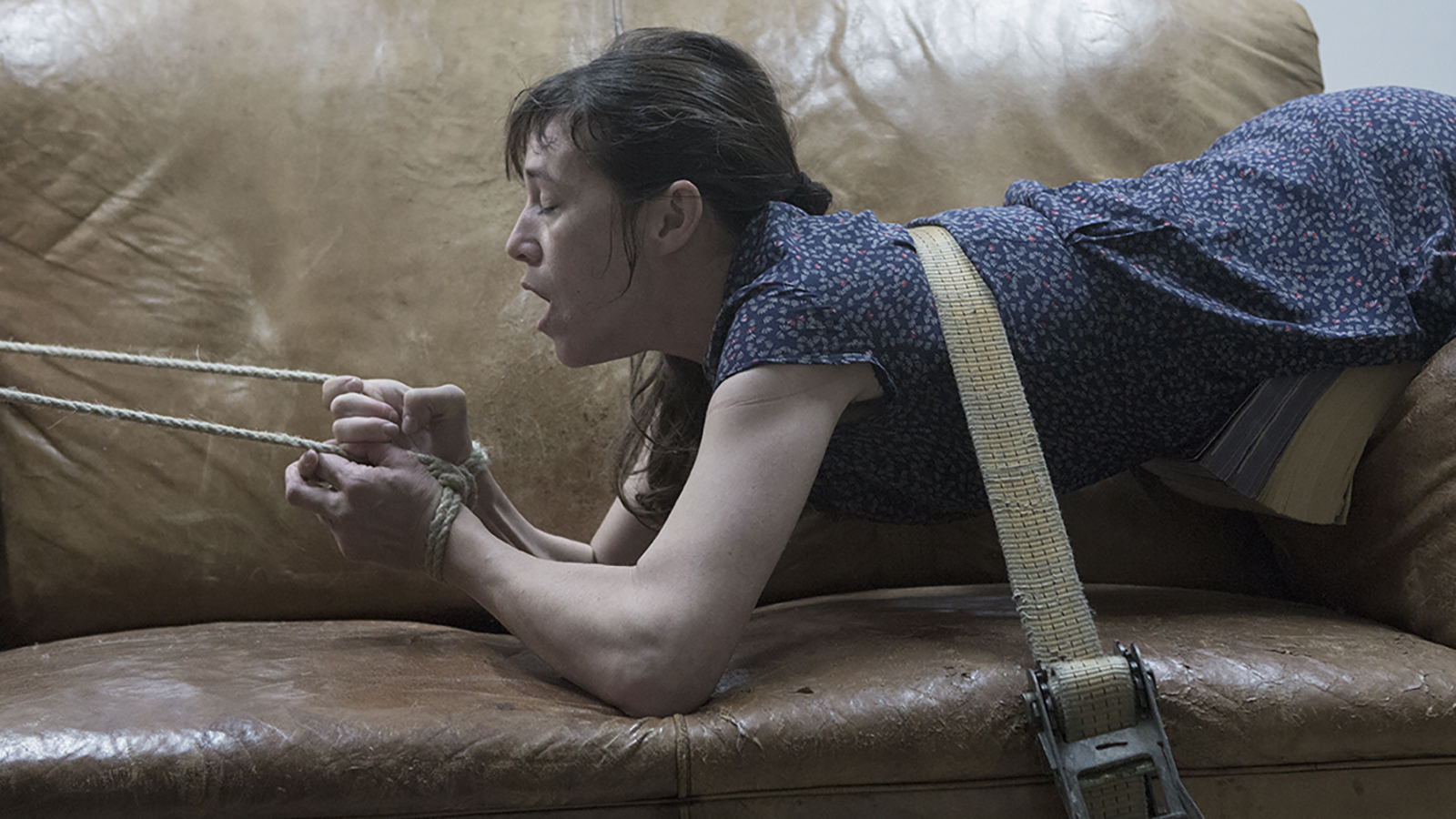When Lars von Trier drops a movie, he pisses off thousands of people. This is the natural lifespan of one of his works: a shocking festival debut fuels curiosity amongst the arthouse masses, and the film he makes — be it about sex (Nymphomaniac), serial killers (The House that Jack Built), or sex with serial killer-levels of violence (Antichrist) — goes down in history as a contentious and divisive cult classic.
His only television project, The Kingdom was a series Lars created back in 1994, set inside a Danish neurosurgical hospital, capturing the strange and supernatural goings-on of the people who were staying and working within it. It was a sepia-toned, semi-sardonic eight-parter (premiered across two seasons) that gained critical acclaim despite being — like any Lars project — exceedingly dark. In 2022, he revived it for a new generation. The Kingdom Exodus brought back old characters and introducing new ones too. Premiering at the Venice Film Festival, the series took us back to the titular hospital.
Now, there’s a retrospective of his most challenging work, much of it restored in 4K, that you can see in cinemas too. Enduring Provocations, prorgrammed by Curzon, will screen everything from Breaking the Waves to his underseen project The Idiots throughout the summer.
If you’re yet to wade into the dark waters of Lars von Trier filmography, intrigued but unsure what steps to take, here’s our guide on how to get into the movies of Lars von Trier.
The entry point is… Melancholia (2011)
The centrepiece of Lars’ “Depression trilogy” (bookended by Antichrist and Nymphomaniac), this is widely seen as the director’s most personal film. Hailed a masterpiece upon release, winning Kirsten Dunst the Best Actress prize at Cannes Film Festival, Melancholia follows the deeply depressed Justine (Kirsten Dunst) and her sister Claire (Charlotte Gainsbourg) as they try to make sense of their relationship as a blue planet hurtles towards earth, threatening to wipe out civilisation. It is, of course, an allegorical sci-fi rather than an explosive visual spectacle, but by appreciating this, written by Lars in the midst of his own depression, you’re likely to understand the often hopeless and macabre stylings of his work.
Necessary viewing… Dancer in the Dark (2000)
At the turn of the century, Lars made Dancer in the Dark, a movie with Bjork that would, in years to come, be marred by controversy and considered an all-time-great in the same breath. Björk, making the second of only four films she’s worked on, plays Selma, a Czech factory worker who migrates to the US in the 1960s with her young son Gene. She’s enraptured by musical theatre, but is slowly going blind, and distracts herself from her future fate by escaping into music. It’s a tragedy, visually inspired by — but not in keeping with the rules of — the naturalistic Dogme 95 movement that Lars pioneered with fellow Dane Thomas Vinterberg. She won the Cannes Best Actress prize for her performance, but Björk has since revealed that the shooting of the film was arduous, and claims that Lars was physically and verbally abusive on set. Lars said that the two did not get on, but refutes her claims of abuse.
The one everyone’s seen is… Nymphomaniac (2013)
In 2013, having moved arthouse audiences to tears with Melancholia, Lars made his big return with a four-and-a-half hour long film about fucking. Split into two parts, Nymphomaniac, the concept for which was so jaw-dropping that it hooked everyone from movie snobs to tabloid newspapers, premiered at the Berlin Film Festival that year, closely followed by a double-bill cinema release. It follows almost the entire lifespan of a woman named Joe, a self-diagnosed nymphomaniac who, after being assaulted in the street, recounts her entire sexual journey to a bachelor who takes her in for the night. It launched the career of Stacy Martin, and included a cast list of veritable arthouse icons and regular Lars collaborators: Charlotte Gainsbourg, Uma Thurman, Stellan Skarsgård, Willem Dafoe to name but a few. The film was good; the posters even better.
The underappreciated gem is… Dogville (2003)
When your films are as brazen as Lars von Triers’, even your most wild subject matters can wind up being lowkey entries. Case in point: Dogville. In this 2003 movie, Lars cast Nicole Kidman as Grace Mulligan, a woman on the run from violent mobsters, eventually finding safety in the titular rocky town in Colorado, home to just fifteen people. The deal: in order to remain safe and anonymous within the town, she must become subservient to its citizens, becoming a labourer and servant to them. The film was highly unorthodox — three hours in length, and shot on a stage with next to no scenery, it was hugely divisive amongst critics. Some considered it obtuse; others hailed it their favourite film of the year.
The deep cut is… Europa (1991)
The closing chapter of his Europa trilogy, Lars von Trier had already established himself as an auteur he deemed worthy of great accolades by the time this film was released in 1991. It tells the tale of an American of German descent arriving in war-torn Germany shortly after the conflict ends in 1945. He has idealistic dreams of being a peace-bearer in the now-US-occupied country, and takes on a job as a rail conductor. But his position as a man with blood on both sides soon sees him become a dangerous socio-political pawn. It is stylistically some of his most audacious work, utilising rear-projected screens and mixing colour with black-and-white. At its Cannes premiere, Lars won three prizes, but not the Palme d’Or. In response, he flipped the bird to the jury and left. Steven Spielberg later saw the film and asked if he’d like to come and work in Hollywood with his support. In true Lars von Trier style, he said no.
